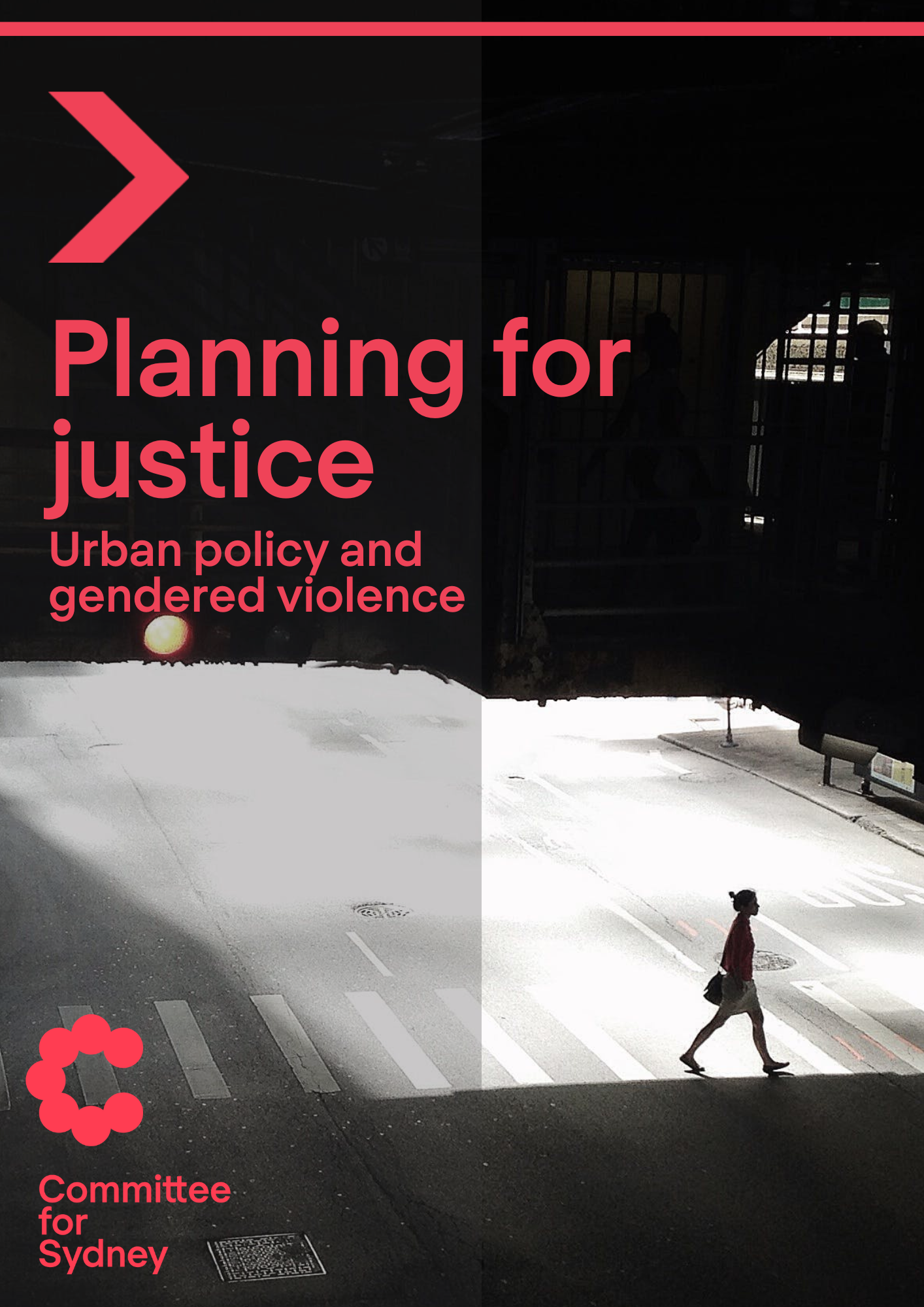Australia faces an alarming reality: the persistent rise of women’s deaths, largely at the hands of men.
This chronic gendered violence crisis demands urgent action from our leaders. Adequate funding for essential services (including legal aid and affordable housing), legal reforms that hold perpetrators accountable and protect victim-survivors, and addressing attitudes that drive violence against women are critical steps, but we must also unpick systemic inequalities harming women in all aspects of life. Urban policy is part of this puzzle: we must prioritise gender equity in the way we design our city.
Violence against women is most likely to occur at home, and by men they already know, yet the fear of violence is ever-present and sexual harassment in public is routine and normalised. Women and girls are conditioned to take routine precautions to be, and feel, safe. It is exhausting. Every day we take the longer route or avoid ‘dodgy’ places. We do it to avoid unwanted interruptions, being stared at, wolf-whistled, followed, touched, raped, murdered.
But when our public spaces are built, designed and approved, gender equity is rarely front of mind. And this isn’t about adding more lighting or CCTV.
So, what needs to change in our approach to urban policy when it comes to creating a safer, more equitable Sydney? Here are three things the government can action immediately to start shifting the dial.
Put equity and care at the heart of every decision this government makes. This means valuing every stage of life, not just the productive work stage. The Committee has been vocal about ensuring the government’s new housing policies not only focus on accessibility to transport, but also essential social infrastructure people of all ages and genders need to live rich and full lives – childcare, health services, schools and community services.
Review existing laws and policies for hidden discrimination. The Government should thoroughly review existing and proposed legislation to remove hidden discrimination in how we build our cities. Consider the pedestrian crossing time, which is typically set at eight seconds for the pace of a 6ft man – disregarding the needs of those using a pram or walking frame. Tokyo, Vienna, and Barcelona have adjusted crossing times to address this issue – why can’t we?
Mind the gender data gap. Effective policy relies on comprehensive data, but what happens when women are underrepresented in decision-making data? Consider transport planning: one of the only sources we have to understand how women move around Sydney is the census’ ‘journey to work’ question. This overlooks other trips like doctor appointments, school runs, and coming home from a night out. We must commission, collect and share gender disaggregated data so we can understand women’s needs in planning and infrastructure investment, especially those from minority or marginalised groups.
These changes may seem detached from physical violence, sexual assault, and deaths of women from gendered violence. But in a city largely shaped by men, for men, for over 200 years, urban policy that prioritises women and girls builds the physical and social infrastructure that protects, values and empowers their lives.
Gender inclusive citymaking is a strategic focus for the Committee in 2024. To find out more about our work in this space, contact our Planning Policy Manager, Estelle Grech (estelle@sydney.org.au).
